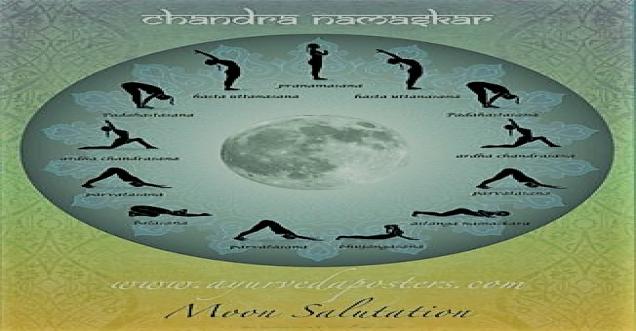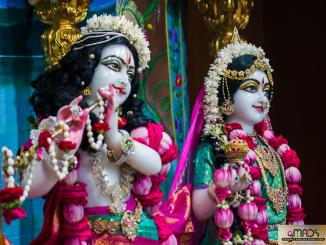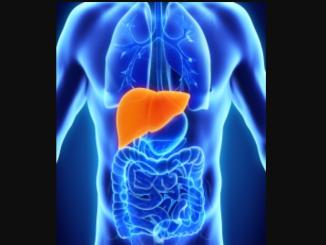
Health benifits of Chandra Namaskar
You all must have heard about Surya Namaskar but only few of you might be knowing about Chandra Namaskar or Moon Salutation. Like Surya Namaskar it has its own benefits and helps people to fight against stress and depression. To perform Chandra Namaskar Budha Purnima is the most auspicious day because the energy of the moon is highest on that day. The difference between Surya Namaskr and Chandra Namaskar is that Surya Namaskar has 12 postures, Chandra Namaskar has 14 positions correlating to the lunar phases. Chandra Namaskar can be done all days but as name suggest it is better to perform in the evening. You should try do this asanas in the open area, it can be your terrace or near windows. You should always perform asanas on an empty stomach. Also take note of your breathing technique. It is important to feel what your body is experiencing.
Step by Step Positions of Asanas
- PRANAMASANA
Keep the eyes closed. Stand upright with the feet together. Bring the palms to meet in the center of your chest. Relax the whole body . - Inhale – HASTA UTTANASANA
Bring the hands shoulder width apart, bring them up over the head, and reaching back. You should bend the back slightly - Exhale – UTANASANA
Bend forwards from the hips until the finger or palms of the hands touch the floor on either side of the feet. Do not strain - Inhale – ASHWA SANCHALANASANA
Stretch the right leg back as far as is comfortable tucking the toes under. At the same time bending the left knee leaving the foot flat on the floor. Arch the back and gaze up to the sky - Inhale – Ardha Chandrasana
Raise the hands, and stretch both arms over the head keeping them shoulder width apart.Arch the back look up, raising the chin. - Exhale – PARVATASANA/MOUNTAIN POSE
Bring the palms onto the floor and stepping the left foot back beside the right, while lifting the hips up into the air. Lengthening through the spine, bringing the shoulders towards the ankles. - On the next Exhale – ASHTANGA NAMASKARA
Coming onto your toes, simultaneously lower the knees, chin, and chest to the floor. The hips and abdomen remain raised. - Inhale – BHUJANGASANA
Keeping the hands and feet in place, slide the chest forward and raise the chest up. Opening the shoulders (pulling them away from the ears) and tilting the head back to look at the sky. The hips and thigh should be on the floor. - Exhale – PARVATASANA/MOUNTAIN POSE
Keeping the hands and feet in the same position lift the hips up, bringing the heels to the ground, lengthening through the spine, bringing the shoulders towards the ankles. Take a few breaths here. As you exhale lifting the hips towards the sky and pressing the hands into the ground. (Same as step 6) - Inhale – ASHWA SANCHALANASANA
Bring the left foot forwards between the hands, and push the pelvis forwards. Lift the torso and tilt the head back, arching the back and looking up to the sky (Same as step 4) - Inhale – ARDHA CHANDRASANA
Raise the hands, and stretch both arms over the head keeping them shoulder width apart.Arch the back look up, raising the chin. (Same as step 5) - Exhale – UTANASANA
Bring the right foot next to to the left, and straighten the knees. Bring the crown of the head towards the floor. (Same as step 3) - Inhale – HASTA UTANASANA
Keeping the arms shoulder width apart, raise the torso with spine as straight as possible. Bring the hands up over the head, and reaching back, bending slightly. (Same as step 2) - Exhale – PRANAMASANA
Bring the palms together in front of the chest center. (Same as step 1)
Benefits of doing Chandra Namakara
- Channelises your lunar energy which has cool, relaxing, and creative qualities.
- Cools and relaxes the spine, hamstrings, and backs of legs; strengthens leg, arm, back, and stomach muscles.
- Brings mental clarity by oxygenating the blood more effectively
- Benefits all the visceral organs
Like all other yoga practices, it is important that you learn Chandra Namaskar under proper supervision and guidance.



























